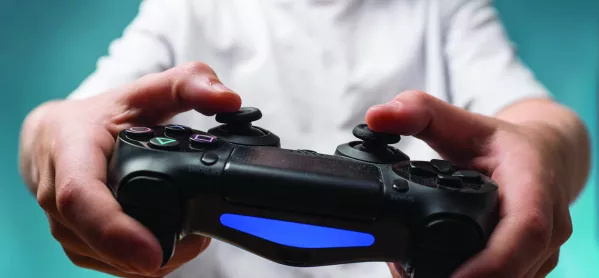How many teachers have watched themselves teaching?
We’ve all been watched by others numerous times. Being observed is an excellent way to help improve your teaching. And although some find the process of being watched and critiqued difficult, getting good, constructive feedback is often invaluable. But what about watching ourselves teach?
It is possible if you record your lesson. And recently, I’ve found that having the ability to rewatch how I teach has been an excellent tool for both observer and observee.
Observations
Now, recording your observed lesson does add another daunting element to an already daunting experience, and this may seem counterproductive to some. But watching teaching back is a really effective way to pinpoint areas of strength and areas of improvement.
Having a recording of the teaching also means that the observer can give real-time commentary on the effectiveness of practice at different stages in the lesson and the teacher getting feedback is able to conceptualise the observer’s comments in light of their teaching. With a recording, the teacher can also, of course, disagree.
Videoing opens another powerful door when it comes to live-coaching. By being able to watch practice back, observer and observee can discuss effectiveness and then modify the approaches during coaching before trying out alternative approaches.
One thing observers can’t encapsulate in notes is the reaction of the class to tasks, language and actions - quite simply, there would be too much to write. Having a visual record of these details means that coaching can be tailored to the teacher’s needs as well as their class.
Protection process
Having said all this, reducing the potential threat from recording is a tough task. But if you ensure the following, you will find that there is much less resistance to this approach than you may think.
-
Be transparent about what recording will be used for and who will be able to watch it.
-
Model recorded lessons or tasks with members of SLT or heads of faculty to ensure that staff feel it is a holistic project.
-
Avoid any type of grading or judgement on recordings: use them as a constructive tool to assist feedback.
-
Make sure that any recordings adhere to your school policies surrounding photographing students.
Recording my lessons has been one of the most beneficial processes I’ve undertaken in a long time - give it a go!
Adam Riches is a specialist leader of education and lead teacher in English




